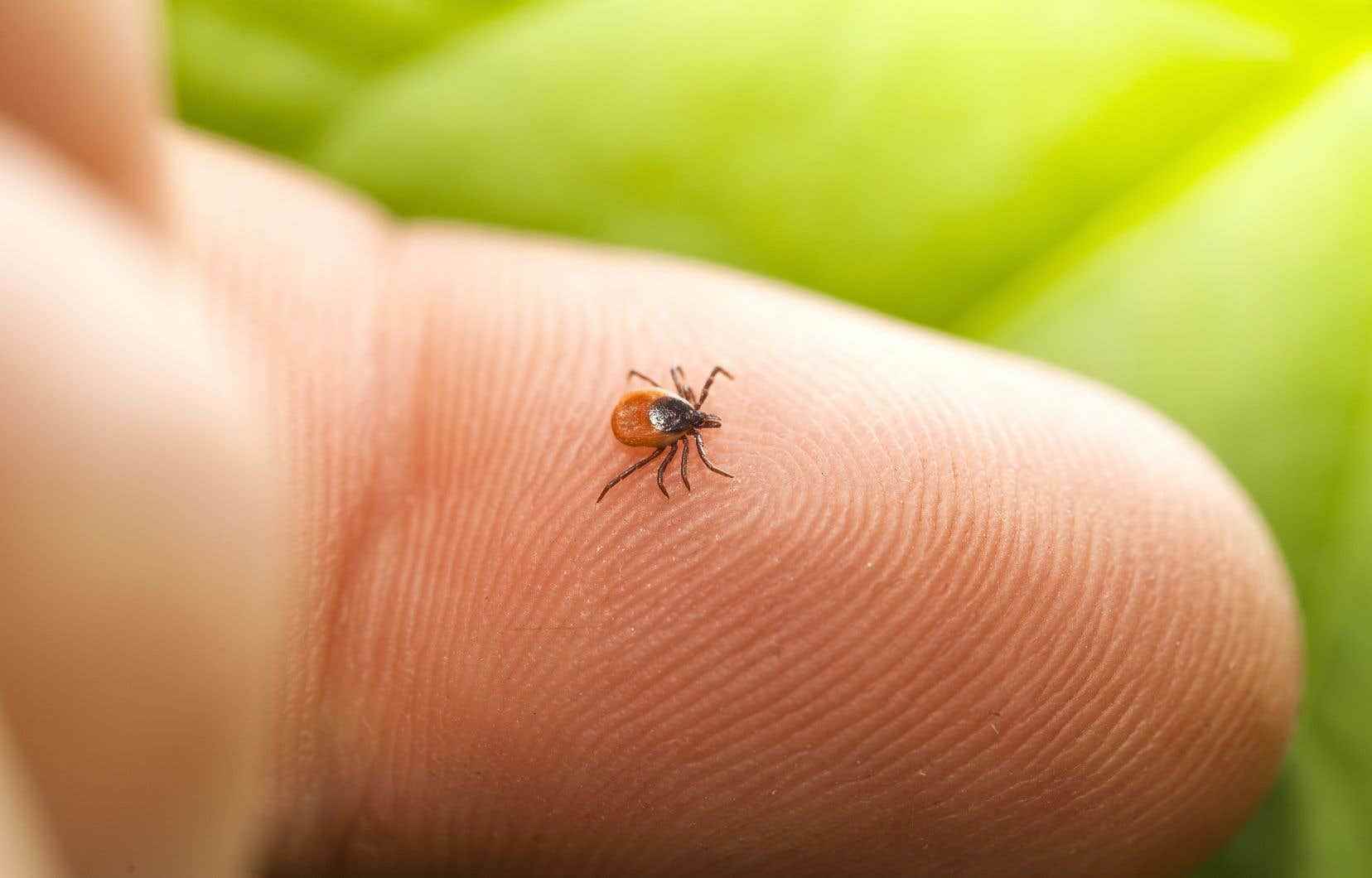A study published in the Canadian Medical Association Journal (CMAJ Open) indicates that the treatments given to people with Lyme disease are working very well. While the cases have continued to increase in recent years, particularly in Estrie and Montérégie, this reassuring news should encourage people to consult as soon as possible after being bitten in order to avoid complications of the disease, says the study’s lead author, Dr.r Alex Carignan, professor-researcher at the University of Sherbrooke and specialist in microbiology and infectious diseases at the CIUSSS de l’Estrie-CHUS.
In this study, which took place between 2004 and 2017, 99% of 272 patients diagnosed with Lyme disease had their symptoms resolved following antibiotic treatment administered as recommended by the Infectious Diseases Society of America (IDSA).
In these subjects, it was the objective signs of Lyme disease, such as facial paralysis (Bell’s palsy), cardiac arrhythmia, meningitis and inflammation of a joint, which disappeared after treatment. However, “some more subjective symptoms, such as fatigue, problems sleeping and concentrating, [des douleurs musculosquelettiques diffuses, des sensations de fourmillement et d’engourdissement]persisted in approximately 10% of these patients, who had nevertheless been treated,” adds Dr.r Carignan.
Another encouraging element: patient care complied with IDSA recommendations in approximately 90% of cases. “We can say that the management of Lyme disease in Quebec is adequate and comparable to that provided in renowned hospitals, such as the Mayo Clinic and at Harvard,” says the researcher, who concedes, however, that improvements are still needed. .
The authors of the article point out that most of the treatments that did not follow the IDSA guidelines to the letter were simply longer than the recommended duration. “However, prolonging antibiotic treatment does not improve the fate of patients and can even induce serious side effects, such as the appearance of allergies to antibiotics and the development of infections with Clostridium difficile [qui causent de sérieuses diarrhées]. Additionally, if these antibiotics are administered intravenously, catheter-related complications may occur,” Dr.r Carignan.
Treat earlier
The study also revealed that patients consult earlier and that they are taken care of and treated more quickly. The interval between the appearance of the first symptoms and the time when patients consulted a healthcare professional shortened between 2004 and 2017, from 7 to 3.5 days. This rapid reaction of patients probably explains the decrease in the number of serious forms of the disease, suggests the researcher.
A decrease in the interval between the appearance of the first symptoms and the start of treatment has also been observed over time. “Patients consult earlier, and doctors have a better knowledge of the disease”, which makes them quicker to react and to undertake treatment, argues the specialist.
People who present with the initial and localized form of the disease, namely a skin lesion (more precisely an isolated erythema migrans) which generally appears one to two weeks after the bite, can start antibiotic treatment even before undergoing a diagnostic test, says -he.
“It is not recommended to do a test at this time, because it consists of measuring the antibodies that the patient has developed against the bacteria responsible for Lyme disease. However, one to four weeks pass before the antibodies reach a measurable quantity,” he explains.
“If treatment is initiated as soon as a skin lesion is present, complications such as facial paralysis, arthritis and heart problems, such as arrhythmias, which may sometimes require cardiac pacemakers will be avoided in the vast majority of cases. temporary. »
Before the first symptoms
You can also consult your pharmacist or a primary care physician even before the first symptoms appear. If the sting took place in certain municipalities designated by the Department of Health and Social Services as posing a risk of acquiring Lyme disease, and it meets certain criteria, one can receive preventive treatment that decreases the risk of developing the disease.
To access this preventive treatment, which consists of the same antibiotic, doxycycline, as the curative treatment, but which consists of a single dose rather than multiple doses spread over 14 to 20 days of administration, the patient must have the tick attached to the skin for more than 24 hours, because “in the first 24 hours, the risk of transmission of the bacterium has never been demonstrated in experimental studies”. Also, the time between removing the tick and taking the preventive medication should be less than 72 hours. “If the bite occurred a week ago, this treatment is no longer necessary, but the person should watch for symptoms. If so, she should see her family doctor or the emergency room for curative treatment,” says Dr.r Carignan.
“We often hear in the media that Lyme disease is incurable, and difficult to diagnose and treat, whereas in reality, in Quebec, the majority of patients will progress well. We must, of course, be even more proactive, because there are other infections that ticks can transmit to us, including anaplasmosis, which is caused by another bacterium. More than thirty cases were identified in the Bromont and Granby region last year. It was the largest cluster of cases reported in Canada,” said Dr.r Carignan.
Anaplasmosis is more like a flu consisting of fever, muscle aches and headaches. “These are two quite distinct diseases, but the antibiotic treatment is the same”, specifies the specialist.
